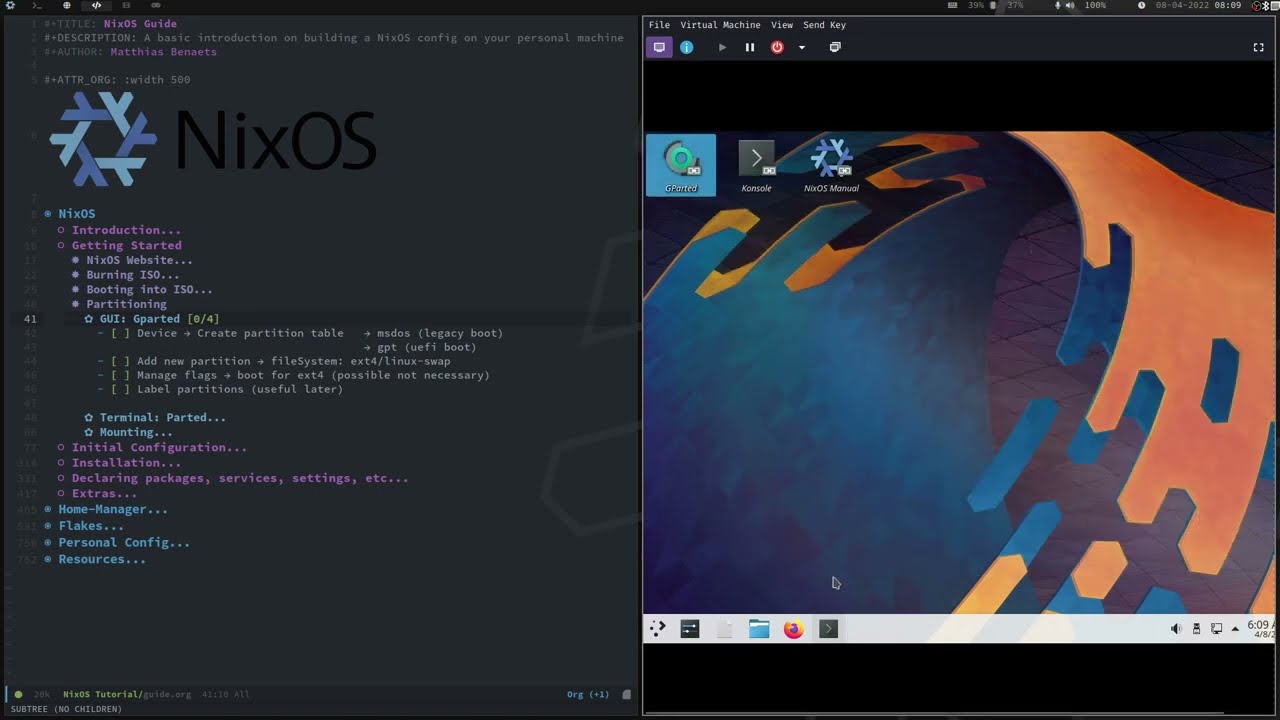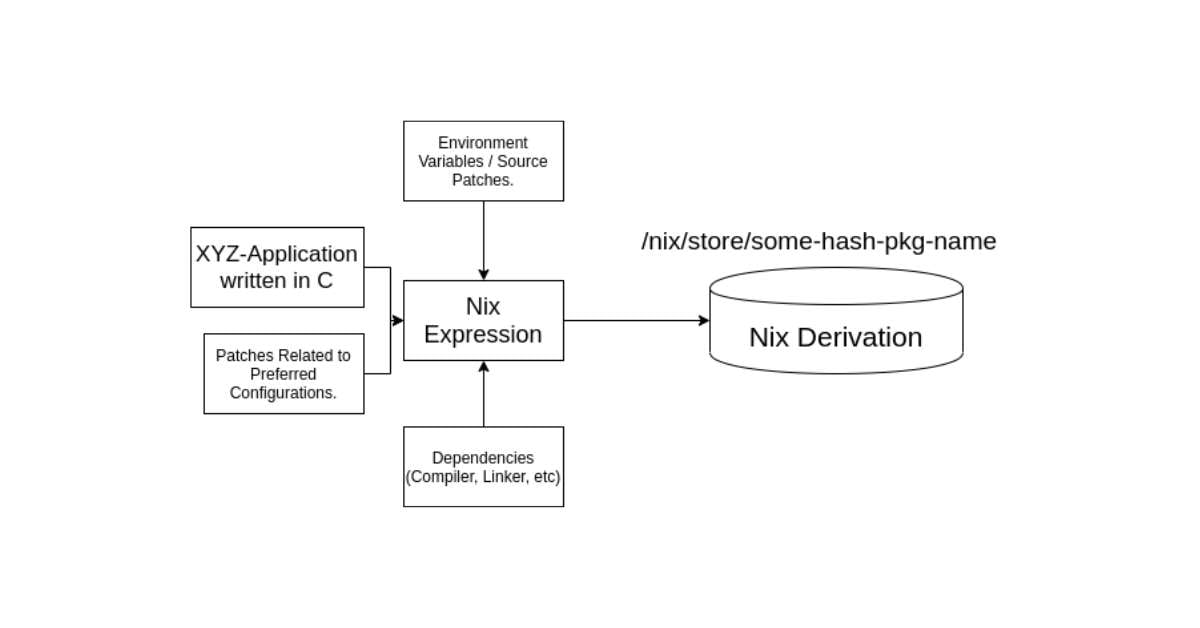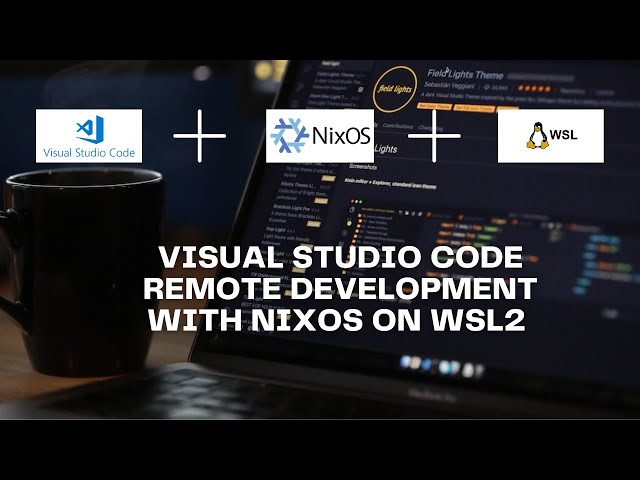
Unleashing the Power of NixOS: A Guide to Mastering Declarative Package Management
NixOS has been quietly gaining traction among developers and system administrators who seek a robust, reliable, and reproducible Linux distribution. Built on the innovative Nix package manager, NixOS sets itself apart with its unique approach to package management — everything is declarative. This article delves into the transformative impact of NixOS, offering insights into its architecture and practical applications.
What Makes NixOS Stand Out?
At the core of NixOS is the Nix package manager, which utilizes a novel approach to software deployment. Traditional package managers often lead to dependency hell, making it challenging to manage different software versions simultaneously. Nix, however, enables users to create isolated environments, allowing multiple versions of packages to coexist without conflicts. This is particularly beneficial for developers who need to test their code against various dependencies.
In a typical NixOS installation, the entire system configuration is defined in a single file, known as the Nix expression. This file specifies not only the packages installed but also system services and configuration details, creating an entirely reproducible environment.
 Example of NixOS configuration files
Example of NixOS configuration files
The Advantages of Declarative Configuration
The declarative nature of NixOS presents several advantages:
- Reproducibility: With all configurations managed through the Nix expression, developers can recreate their environments with precision, which is crucial for production environments.
- Atomic Upgrades: Upgrading packages or configurations happens in a transactional manner. Should an upgrade fail, the system can easily roll back to the previous state without disruption.
- Environment Isolation: Each package is installed in its unique directory, meaning that different versions of the same package can reside on the same system. This isolates dependencies effectively, preventing issues during development.
Getting Started with NixOS
Installing NixOS may seem daunting at first, but the process is straightforward. Users can start with a minimal installation and progressively add services and configurations as needed. The NixOS manual serves as an excellent resource, providing comprehensive guidelines for beginners.
Basic Steps
- Download the NixOS ISO: Visit the NixOS website for the latest stable release.
- Create a bootable drive: Utilize tools like
ddor Etcher to create a bootable USB drive. - Boot from the USB: Follow the installation wizard, focusing on network configuration and partitioning your drives.
- Configure the initial system: Edit the
/etc/nixos/configuration.nixfile to install essential packages and services.
Use Cases for NixOS
NixOS is particularly advantageous in scenarios involving multiple projects with distinct requirements. Continuous Integration (CI) and Continuous Deployment (CD) pipelines benefit greatly from Nix’s reproducibility, allowing teams to ensure their builds are always consistent. Another area where NixOS shines is education, as it enables users to quickly set up and tear down teaching environments without the fear of pollution from previous experiments.
 Real-world applications of NixOS in software development
Real-world applications of NixOS in software development
Embracing the Nix Ecosystem
Beyond package management, Nix has cultivated a thriving ecosystem that includes NixOps for deployment, Hydra for continuous integration, and Nixpkgs, the Nix package collection. Engaging with this ecosystem can significantly enhance productivity and streamline development workflows.
Community Support
The NixOS community plays a vital role in the ecosystem’s vitality. Numerous forums and chat groups are dedicated to NixOS discussion, sharing knowledge, and offering support to newcomers and experienced users alike. It’s worth joining communities like the NixOS Discourse or the IRC channels for real-time assistance.
Conclusion
NixOS represents a paradigm shift in how Linux distributions can be managed. Its innovative use of a declarative configuration, robust environment isolation, and thriving community make it an attractive choice for developers and system administrators alike. As the demand for reproducible environments grows, NixOS is poised to be a significant player in the realm of containerization and system configuration.
Whether you’re a newcomer or an experienced Linux user, exploring NixOS could change the way you think about system management for the better. By leveraging its capabilities, you can elevate your operational efficiency and ensure a stable, reproducible development pipeline.
Join the vibrant NixOS community to enhance your learning and collaboration
Join the NixOS Revolution
Ready to dive into NixOS? Start your journey today by visiting the NixOS official documentation and discover the benefits of a truly declarative approach to system management.













